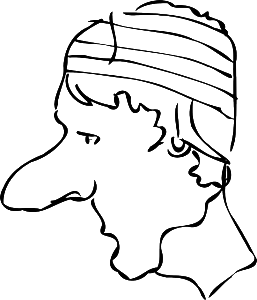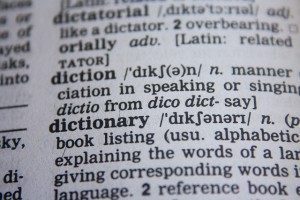A person who has:
- had a stroke
- hurt their head
These people might need help to:
- read words
- understand words
(B) WHO SHOULD HELP?
(C) HOW TO HELP
When you write, do all of these things:
1. Use short sentences
I want lunch:
now
later
2. Use common words
Get
Acquire
Garner
3. Use:
- points
- lists
4. Use one font:
- Arial
- Times New Roman
- Verdana
5. Make the font BIG (14+)
6. Use black writing + white paper
7. Use pictures
8. Use HEADINGS
and Subheadings
9. Highlight words:
10. Explain and describe
Use examples and pictures.
11. Repeat the main points.
MAIN POINTS
Some people have trouble:
- reading
- understanding words
You can help. When you write, do all of the things on this page.
Questions?
Main source: this article, which endeavours to advocate for Plain English writing habits in the context of assisting people with acquired language disorders like aphasia and traumatic brain injury and their caregivers, was drafted by employing several of the evidence-based, aphasia-friendly characteristics described more fully in Berarducci, M., Cooper, L., Giles, V. (2007). Aphasia-friendly materials. Are we really producing them? ACQuring Knowledge in Speech, Language and Hearing, Vol 9(3), 99-103. Note that this paragraph is a (deliberately) appalling example of how not to write for people with aphasia or other acquired language disorders. Click the links for more about aphasia and traumatic brain injuries.
Image: http://tinyurl.com/pf8ppft

Hi there, I’m David Kinnane.
Principal Speech Pathologist, Banter Speech & Language
Our talented team of certified practising speech pathologists provide unhurried, personalised and evidence-based speech pathology care to children and adults in the Inner West of Sydney and beyond, both in our clinic and via telehealth.
















Leave a Reply